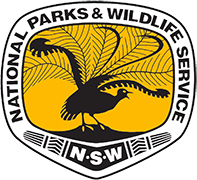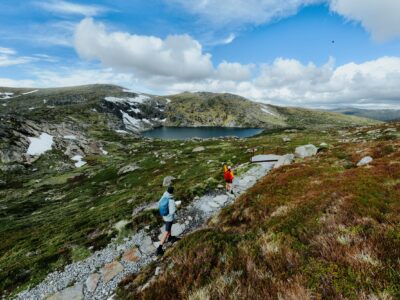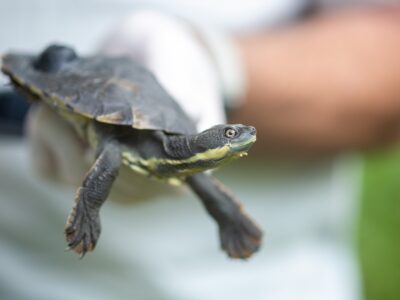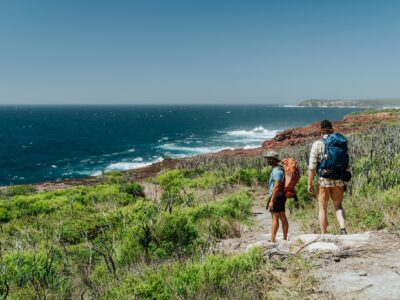So you think you’re the next hottest contender for Survivor? Maybe, but that’s TV and you live in the real world. The non-reality-TV version (aka real life) in the Australian bush is full of surprises, and no one ever regrets being too prepared.
One wrong turn and your chilled road trip with mates can becomes a pretty unfun situation – to say the least. Use these six steps as a checklist before you switch off everyday life and plug into your epic adventure. (As the saying goes: hope for the best, plan for the worst.)
Did you know? Every year around 130 bushwalkers get lost and/or require rescuing. Most walkers are found within 24hrs, but occasionally a weekend adventure can turn to tragedy. Between 2004 and 2007 nearly 400 people were reported missing in the Blue Mountains and surrounding area.
-
1/6
Tell someone where you’re at
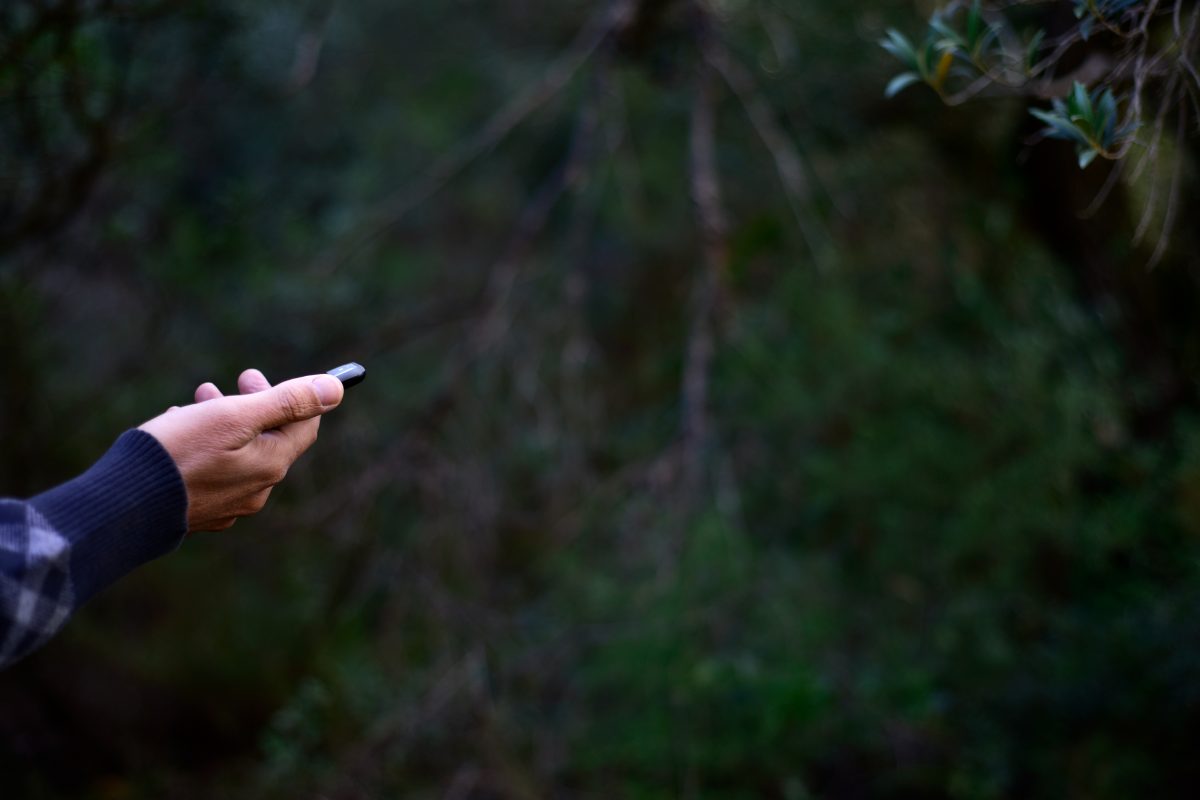 Photo Information
Photo InformationStocksy/Juan Moyano
One of the best safety tips is to let someone know where you’re going and when you’re coming back. So for the love of nature, please call your mum, dad, best mate, or anyone else you trust. If you miss a check-in or you don’t come home, they’ll know something’s up and that they’ll need to investigate. So update them on your movements regularly if you’re going on a road trip.
Pro tip: NPWS and NSW Police teamed up to create the Think Before You Trek bush safety initiative. Fill in an online trip intention form to tell your family and friends where you’re going , and you can also borrow an emergency beacon (PLB) for free – a must-do for all trekkers.
-
2/6
Don’t (just) rely on your phone
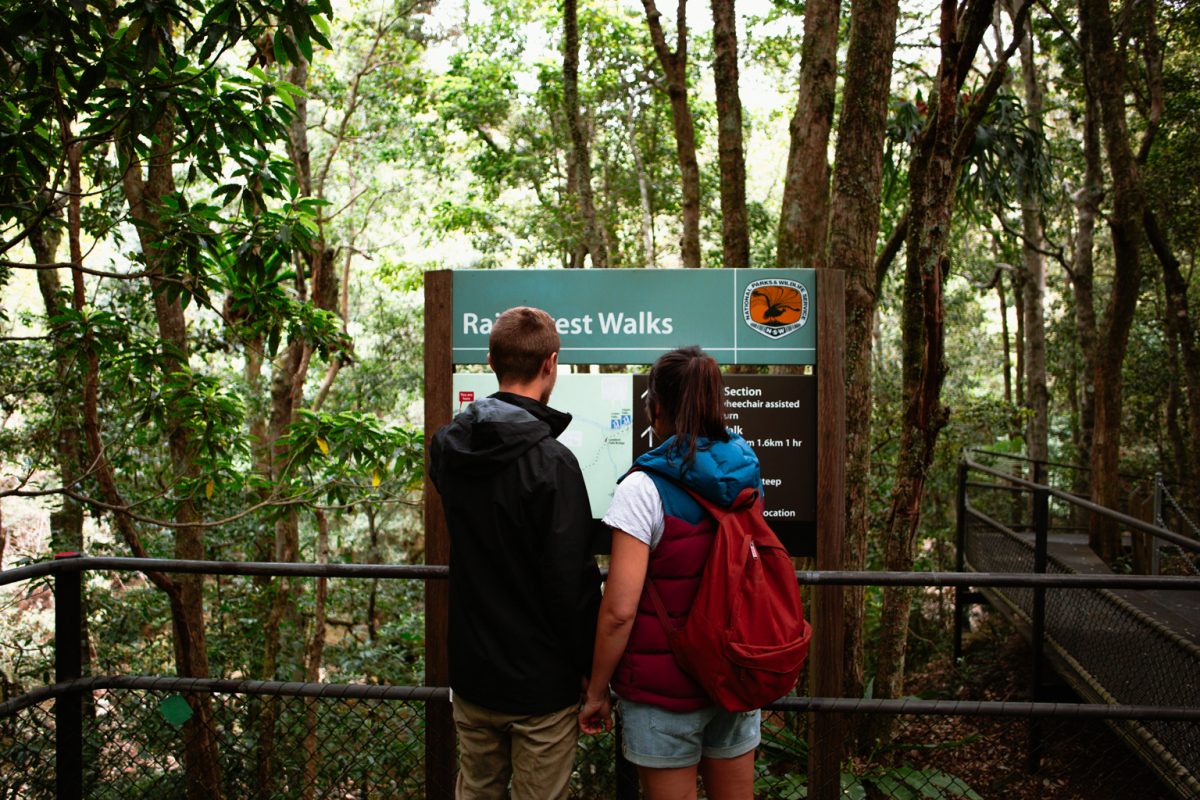
Remember in the 90s before you had Google Maps and a GPS-powered pocket computer on you 24/7? When you had to use a street directory or hand-write directions as dictated to you by your parents? Come to think of it – when was the last time you picked up a map?
If you’re venturing off the beaten track it’s likely there will be no reception (i.e. off-the-grid), it’s really going to feel like 1998, with no status updates, no emails, and no way to load Google Maps. So print out directions and grab a compass and a paper map (for the full list of what to bring see tip four).
Did you know? Most popular spots will have information centres with handy resources, like maps of walking tracks, so get schooled and stay safe. But before you go, check the park alerts page for the low down on closed parks and safety alerts or you can always call your local office.
-
3/6
Follow the leader
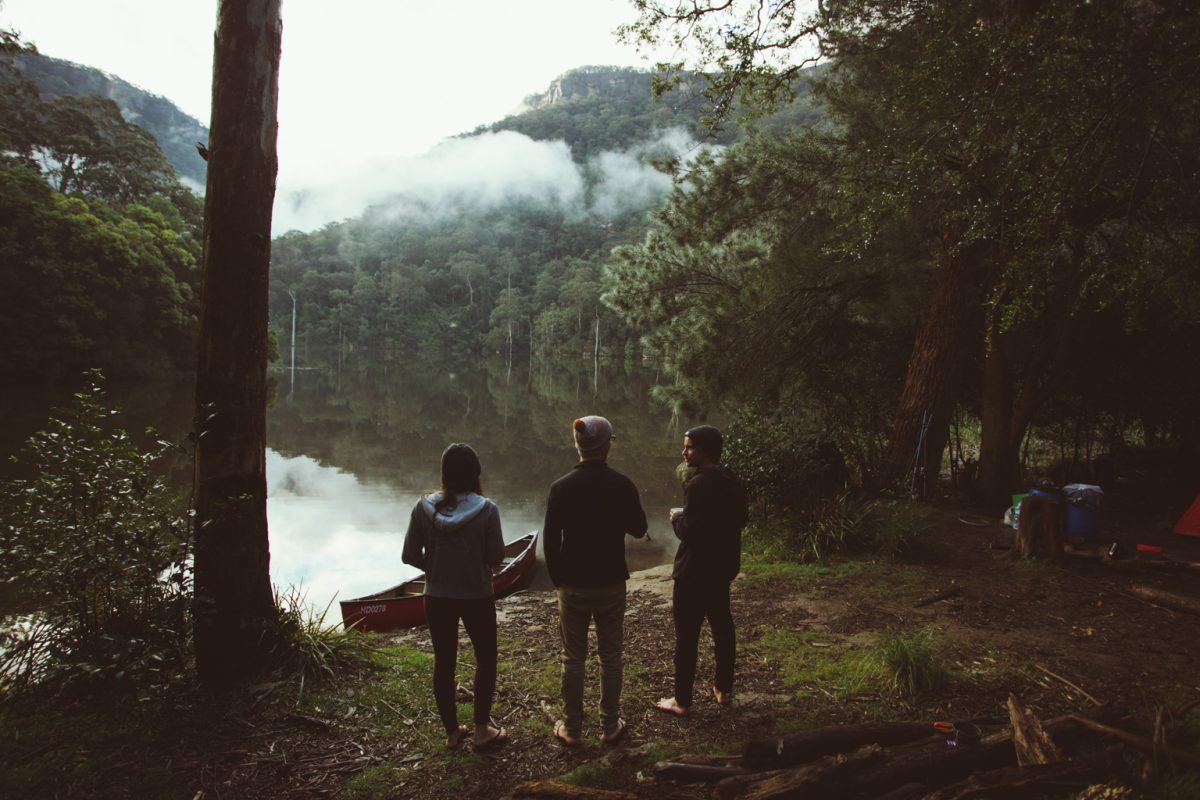
Grab a pal or three. Form the strongest squad possible. This way, you’ll have extra help in case of emergency – make sure you stock up on enough food, water, and supplies for everyone just in case. When you plan for the worst you’ll be prepared for the best. Just make sure you always stick together.
The beauty of this tip is that a) many hands make light work, b) if it comes to a crisis, many brains make better ideas, and c) heaps more banter. A+, if you ask us! Assign a leader and remember you’re only as fast as your slowest teammate.
Pro tip: find out what’s the best hike for you and your mates with our handy guide to understanding the Australian Walking Track Grading System (AWTGS). All tracks in NSW national parks are graded using the AWTGS to ensure everyone has a great time.
-
4/6
Get equipped
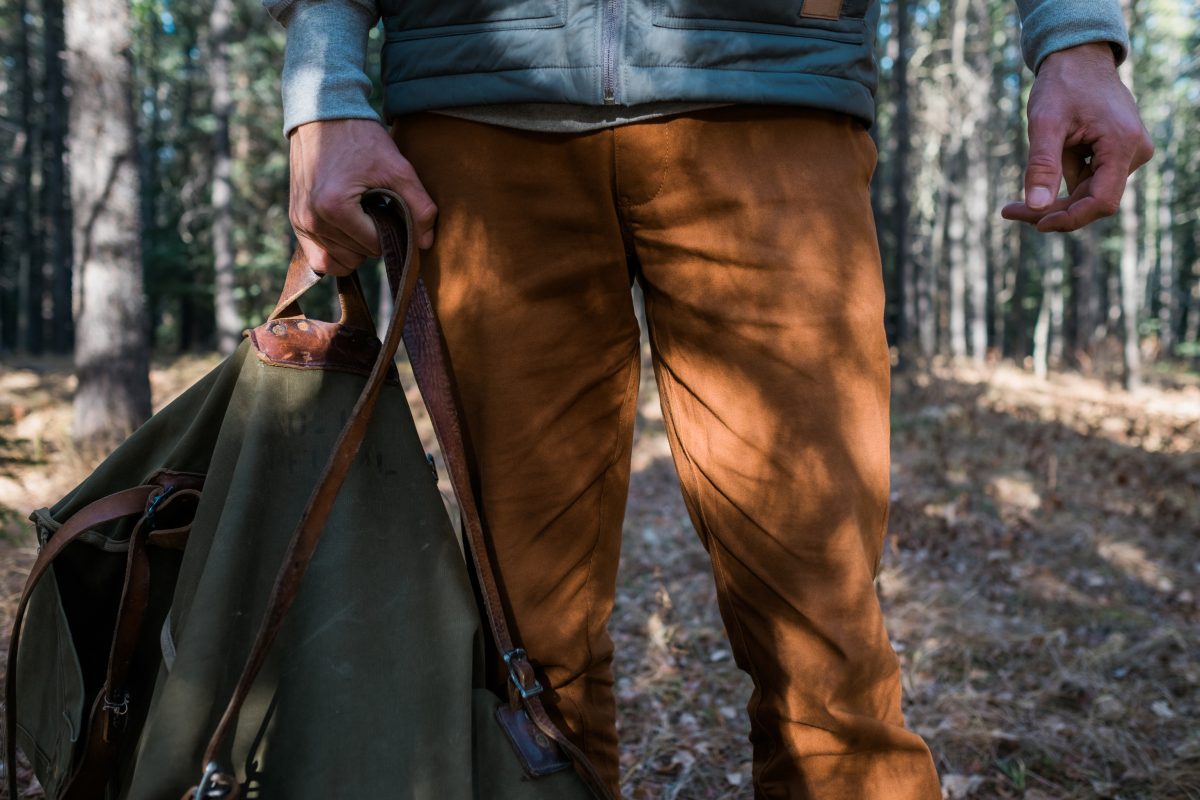 Photo Information
Photo InformationStocksy/Riley J.B.
Regardless of the kind of adventure you’re planning, here are some of the essential tools for survival: plenty of water (several litres per person, per day); matches; torches and extra batteries; topographic maps; a compass; a space blanket; a first aid kit; a phone charger with car adapter; antihistamines and an epipen if you need it; raincoats; insect repellent; appropriate clothing; rubbish bags; and last but definitely not least, plenty of snacks!
While you’re out there, make sure you’ve got a contingency plan ready to go. As well as your navigation essentials from tip one, download the Emergency+app: it works locally since it’s Aussie-made and works offline. If you’re going somewhere remote you might want to bring aPersonal Location Beacon (and know how to use it), it may save your life if you’re in a sticky spot.
Pro Tip: The weather is unpredictable and can change – so know your weather to make the most of your adventure.
-
5/6
Stay put
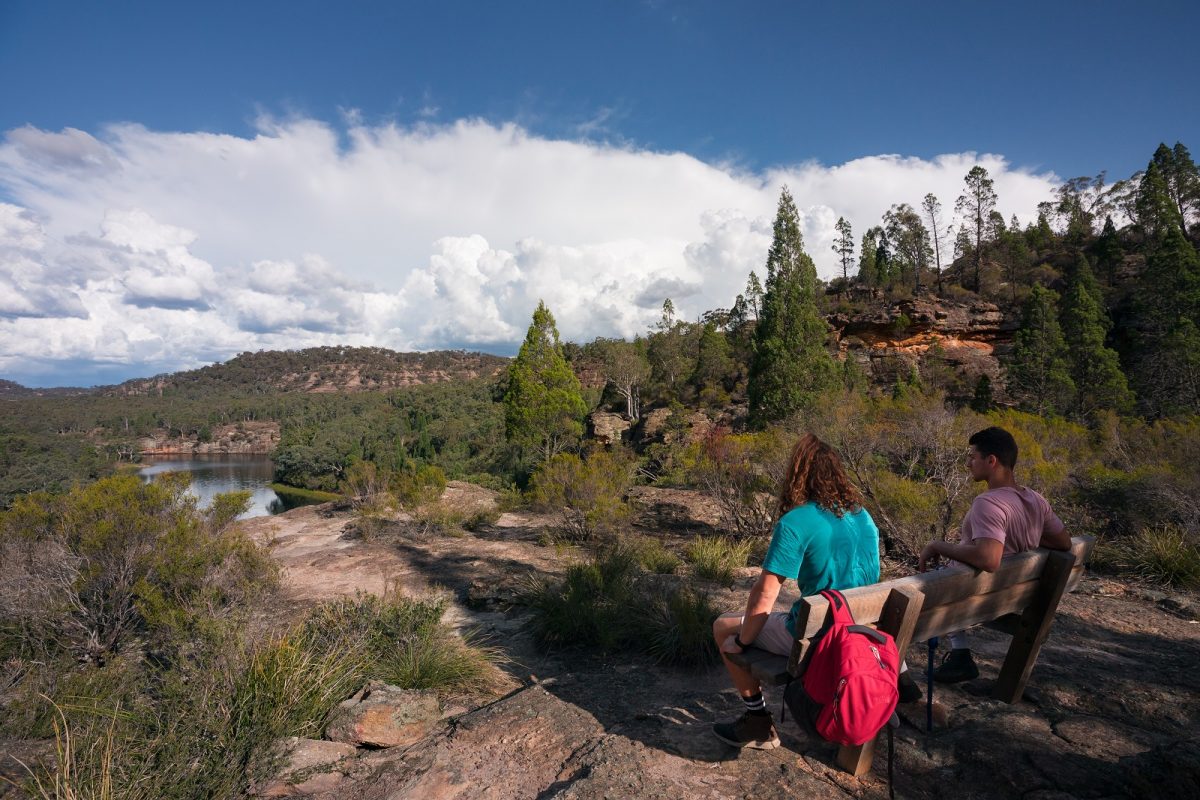 Photo Information
Photo InformationGanguddy-Dunns Swamp campground
Wollemi National Park
Daniel Tran/DPIE (2018)
If you do happen to get lost, don’t panic. If you start to freak out, you might do something hasty, like run around aimlessly trying to find your way back on track: and this is something you definitely do not want to do. You’re more likely to get completely bushwhacked than get back to the path, feeling anxious and awful in the process. So what should you do? Start coo-eeing and wait for help to arrive, then use any of the communication resources you brought with you to call 000.
-
6/6
Have a blast!
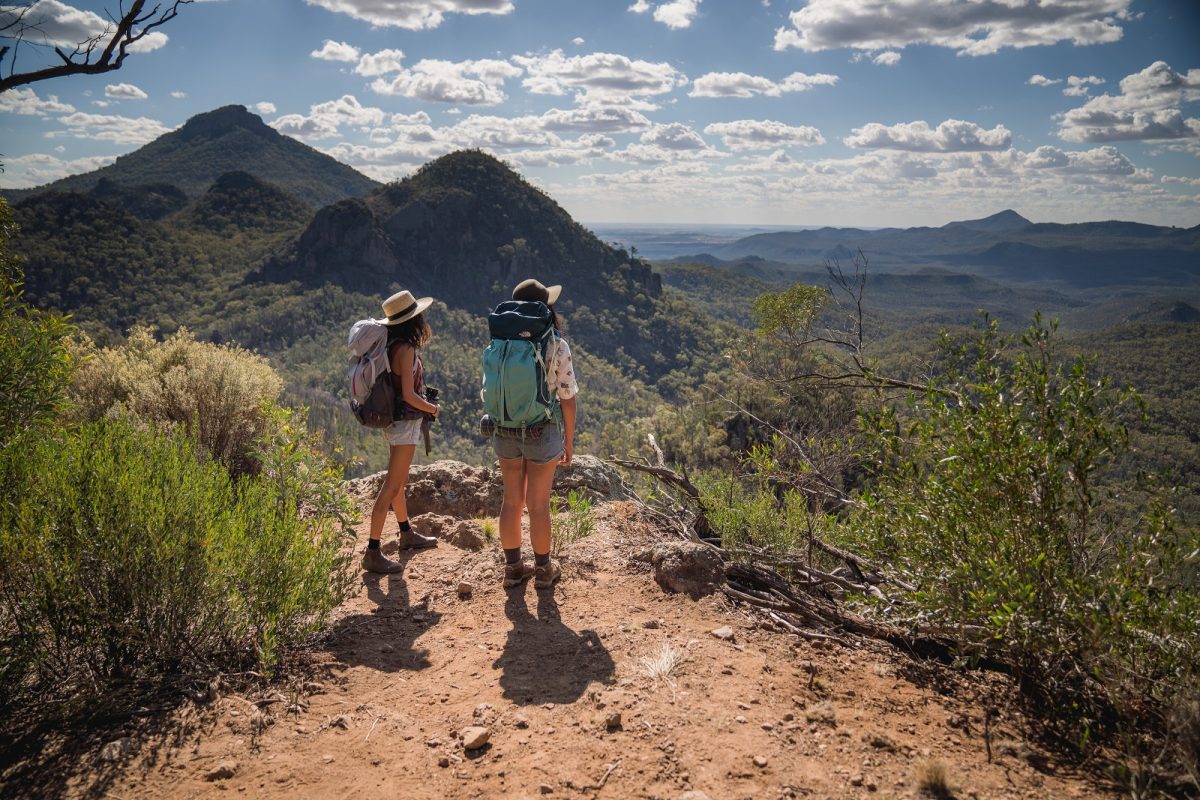 Photo Information
Photo InformationBreadknife and Grand High Tops walk
Warrumbungle National Park
Rob Mulally/DPIE (2018)
What was the point of all this prep if you didn’t have a good time? Bring a camera and your best Eye Spy game. Tuck into an enviable lunch, amongst the epic surrounds of the wild, and minimise your impact with these leaving no trace principles
Force your partner/best friend/reluctant neighbour to watch a slideshow of adventure photos when you get home. And maybe, one day, when you feel you’re ready, you’ll be the next great contestant on Survivor.
For more information, check out NPWS’ safety tips.
In summary, remember to:
- Don’t (just) rely on your phone
- Follow the leader
- Tell someone where you’re at
- Get equipped
- Stay put
- Be present – Keep your eyes peeled to avoid slips and falls
- Leave no trace
- Have a blast!
